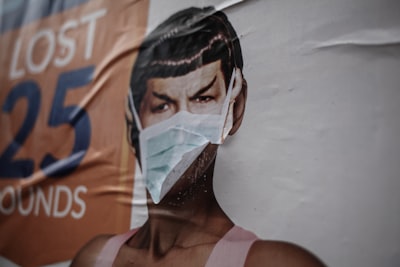Summary
The UNAids 2025 report reveals a worrying global rise in the criminalisation of populations at high risk for HIV—including gay men, transgender people, sex workers, and people who inject drugs. For the first time since reporting began a decade ago, more countries are enacting or reinstating punitive laws targeting same-sex relations and gender expression. Recent examples include Mali criminalising homosexuality and transgender status, the overturning of decriminalisation rulings in Trinidad and Tobago, the intensification of anti-LGBTQ laws in Uganda and Ghana, and similar legislative shifts elsewhere.
This legal crackdown coincides with sudden, major cuts to US global HIV funding, initiated in early 2025, which threaten to reverse decades of progress in HIV prevention and care—especially among these criminalised groups. Despite overall global declines in HIV transmission and AIDS deaths, progress is uneven, with increases in some regions and prevention programs already curtailed due to donor withdrawal. The UNAids report warns of a potentially catastrophic surge in new infections and deaths over the next five years if replacement funds are not found.
Analysis
The intersection of rising criminalisation and funding shortfalls creates a perfect storm, placing vulnerable groups at even greater risk and undermining the aim of ending AIDS as a public health threat by 2030. The crackdown on LGBTQ rights and punitive legislation is both a cause and consequence of broader political and cultural trends—often fuelled by populist, nationalist, or religiously conservative movements, and sometimes enabled by inherited colonial-era laws.
Such criminalisation not only impedes access to essential prevention and treatment services—by driving key populations underground, away from healthcare—but also legitimises stigma, discrimination, and violence. The laws themselves become tools of exclusion, placing individuals at heightened risk of HIV (and other harms), while fuelling a cycle of invisibility and neglect.
US funding cuts—especially to Pepfar, which has been central to the global HIV response—may seem, at first glance, to be a matter of numbers. But as the report shows, these are deeply personal choices, with direct consequences: community clinics closing, people unable or afraid to access medication, and prevention efforts collapsing. When some 700,000 people lose access to prevention drugs in sub-Saharan Africa alone, the threat is not abstract—it’s immediate, measurable, and deadly.
While the report notes some increased domestic investment in HIV programs, the shift is neither swift nor comprehensive enough to fill the vacuum left by retreating donors. The concept of “nationally owned and led” HIV responses is aspirational, but not yet reality in most affected countries, particularly those simultaneously restricting rights and facing economic challenges.
Discussion
This emerging crisis starkly highlights the interconnectedness of human rights, public health, and international development—and the ease with which progress can be undone. Efforts to end AIDS cannot succeed in a climate of criminalisation and fear, nor when financial commitments evaporate. The fact that only eight countries worldwide do not criminalise any high-risk groups or behaviours is a sobering reminder of how far the world still needs to go.
What does it mean, practically and ethically, to fight one of the world’s most persistent epidemics while denying care and dignity to those most at risk? The re-emergence of punitive laws signals setbacks not just for health, but for global solidarity, justice, and the principle that all lives matter.
There are echoes here of wider debates—around the weaponisation of morality laws, the volatility of international aid, and the fragility of hard-won progress for marginalised groups. There are also urgent questions: What leverage can activists and donors generate to reverse these legal trends? Will coalitions emerge to fill the funding gap, or are we witnessing the start of a new era of abandonment?
As the UNAids report and global advocates make clear, maintaining momentum toward ending AIDS demands both resources and rights. Policies grounded in evidence—not prejudice—are essential. It is a test of political will, international solidarity, and our collective willingness to prioritise the world’s most vulnerable. The years ahead will likely determine whether the vision of an AIDS-free future remains within reach or slips into history as another tragically missed opportunity.

Comments
No comments yet. Be the first to comment!